| Tuesday, November 12, 2019 | |
Session 1: Advanced Packaging Market Analytics |
|
| Chair |
Steffen Kroehnert, ESPAT Consulting
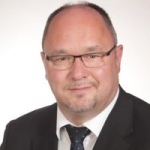
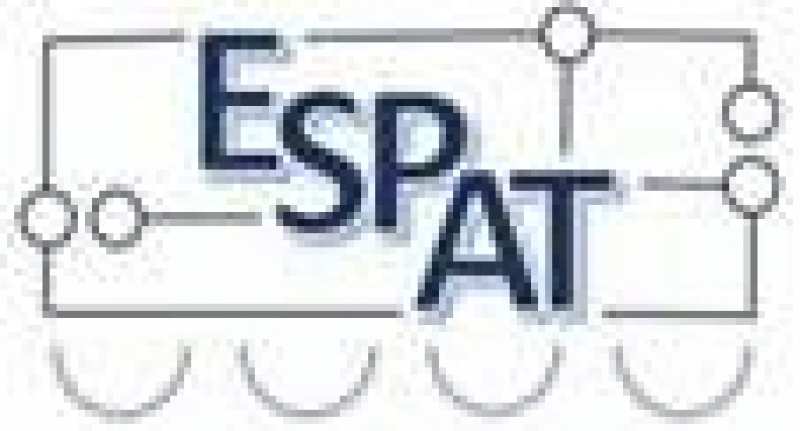 Biography |
| 12:00 | Introduction |
| 12:10 | Keynote |
Packaging Trends for AI |
|
Jan Vardaman, President, TechSearch International, Inc. Packaging Trends for AI
 Abstract Biography |
|
| 12:40 | Keynote |
5G enabler : Advanced Packaging |
|
Emilie Jolivet, Yole Développement 5G enabler : Advanced Packaging
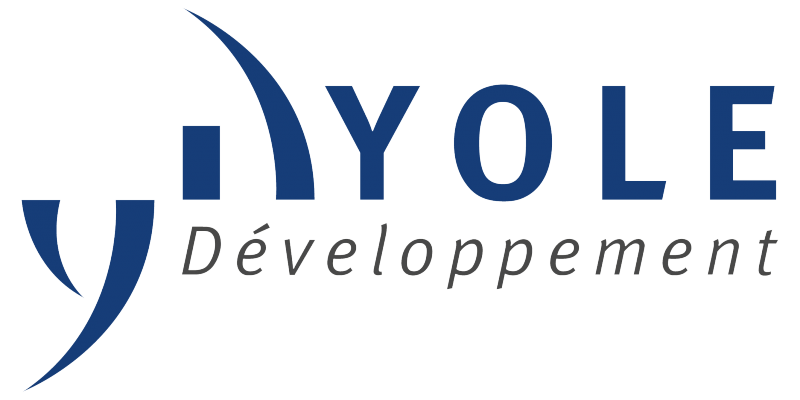 Abstract Biography |
|
Session 2: Test and Reliability I |
|
| Chair |
Peter Cockburn, Program Manager - High Performance Contactors, Cohu, Inc.
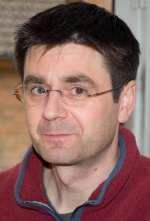
 Biography |
| 13:10 | Keynote |
Semiconductors in a world where safety rules supreme |
|
Michael Schuldenfrei, Technology Fellow, Optimal Plus Semiconductors in a world where safety rules supreme
 Abstract Biography |
|
| 13:40 | Holistic Approach to Improve the Reliability of Advanced Heterogeneous Packaging by Chemistry |
Markus Hörburger, Product Manager SC & FEC, Atotech Deutschland GmbH Holistic Approach to Improve the Reliability of Advanced Heterogeneous Packaging by Chemistry
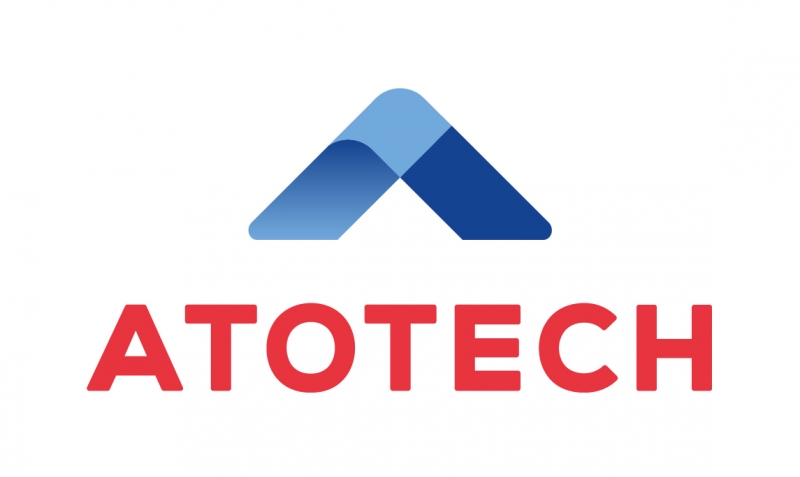 Abstract Biography |
|
| 14:05 | Product on Board Test Method for Advanced Reliability Performance of a Large 0.3 mm Pitch Wafer Level Chip Scale Package |
Georg Seidemann, Intel Deutschland GmbH Product on Board Test Method for Advanced Reliability Performance of a Large 0.3 mm Pitch Wafer Level Chip Scale Package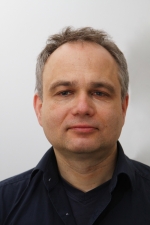
 Abstract Biography |
|
| 14:30 | Stretching the Performance Envelope of ATE PCBs |
Tom Bleakley, VP Integration, Harbor Electronics Stretching the Performance Envelope of ATE PCBs
 Abstract Biography |
|
| 14:55 | Don't Let Your ADAS Chips Crash! Test Them! |
Gerard John, Sr Director Advanced Test, Amkor Technology, Inc. Don't Let Your ADAS Chips Crash! Test Them!
 Abstract Biography |
|
| 15:20 | Coffee Break |
Session 3: Test and Reliability II |
|
| Chair |
Klaus Pressel, Infineon
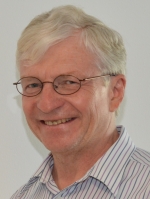
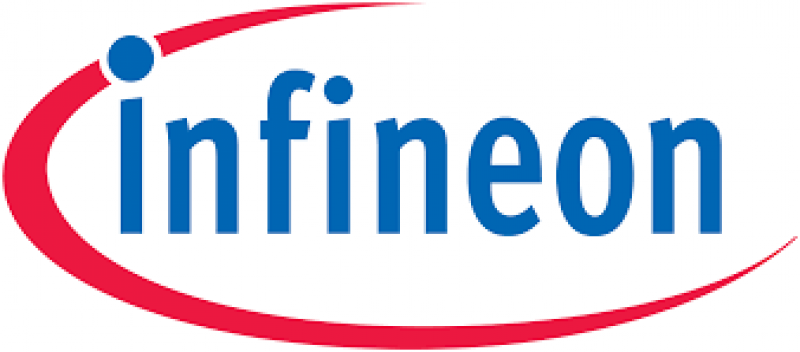 Biography |
| 16:00 | Keynote |
Reliability Requirements of Advanced Packaging in the Era of Electrified, Automated and Connected Driving |
|
Przemyslaw Gromala, Simulation senior expert, Robert Bosch GmbH Reliability Requirements of Advanced Packaging in the Era of Electrified, Automated and Connected Driving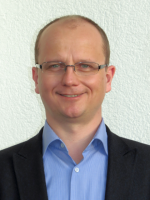
 Abstract Biography |
|
| 16:30 | Chip Package Interaction Test structure design to address challenges from products with RF specific back end of line metallization options on Flip Chip ETS substrate |
Simone Capecchi, MTS Reliability Engineer, Globalfoundries Chip Package Interaction Test structure design to address challenges from products with RF specific back end of line metallization options on Flip Chip ETS substrate
 Abstract Biography |
|
| 16:55 | Effect of harsh temperature ramp rates on solder joints of Wafer-Level CSPs in board level reliability tests. |
Simon Schambeck, BMW Group Effect of harsh temperature ramp rates on solder joints of Wafer-Level CSPs in board level reliability tests.
 Abstract Biography |
|
| 17:20 | Development of a Modular Test Setup for Reliability Testing under Harsh Environment Conditions |
Karsten Meier, Technische Universität Dresden Development of a Modular Test Setup for Reliability Testing under Harsh Environment Conditions
 Abstract Biography |
|
| 17:45 | Board Level Reliability results for a two side molded WLCSP |
Tonny Kamphuis, Package Pathfinding, NXP Board Level Reliability results for a two side molded WLCSP
 Abstract Biography |
|
| 18:10 | Networking Reception |
| Wednesday, November 13, 2019 | |
Session 4: New Materials and Processing in Packaging |
|
| Chair |
Jens Mueller, IMAPS Germany
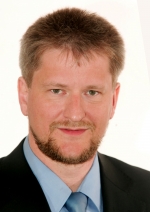
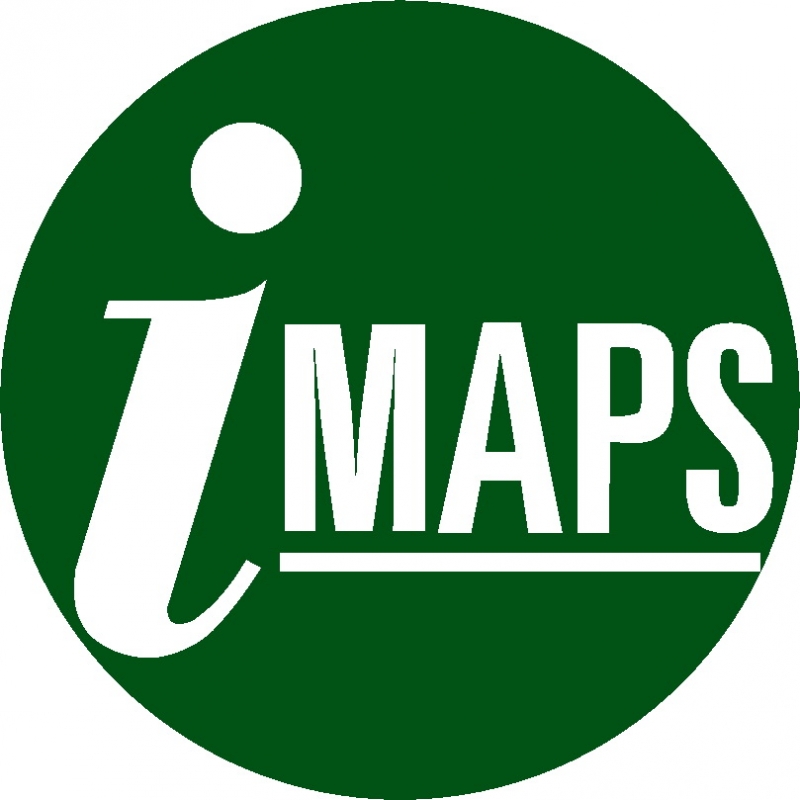 Biography |
| 09:00 | Introduction |
| 09:10 | Keynote |
Advanced Assembly Materials for Enabling Heterogeneous Integration and System-in-Package (SiP) Applications |
|
Ramachandran Trichur, Director, Global Head of Advanced Packaging Market Segment, Henkel Corporation Advanced Assembly Materials for Enabling Heterogeneous Integration and System-in-Package (SiP) Applications
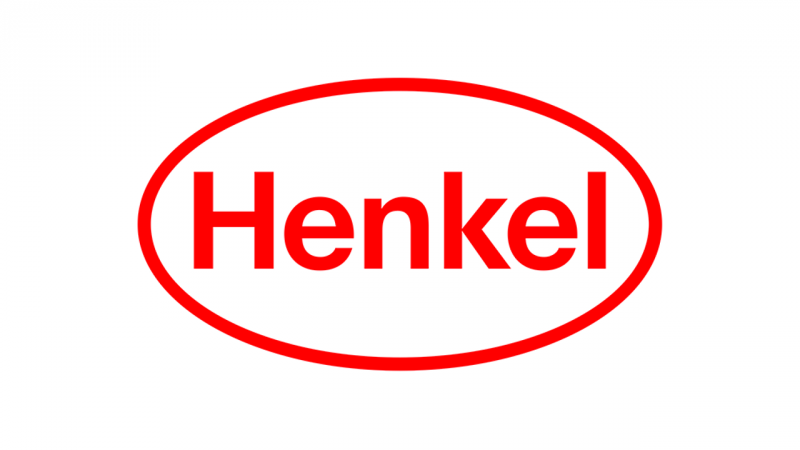 Abstract Biography |
|
| 09:40 | Low Phosphorus Content Of Electroless-Ni for Power Device |
Yuichi Sakuma, Deputy manager, C.Uyemura & Co.,Ltd. Low Phosphorus Content Of Electroless-Ni for Power Device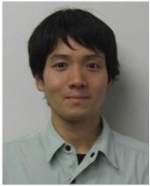
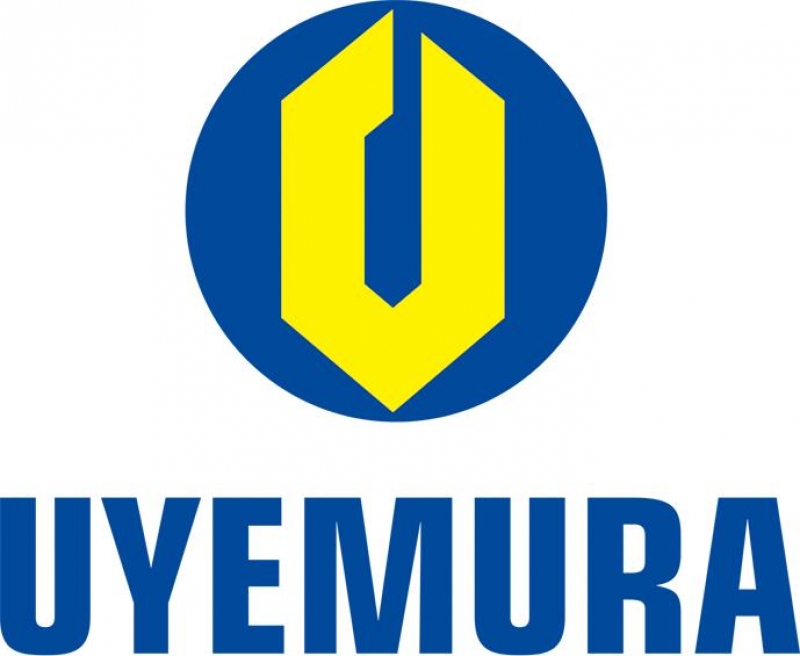 Abstract Biography |
|
| 10:05 | Suitable Total Process Integration of Plasma Dicing for Each Device Category |
Shogo Okita, Chief Engineer, Panasonic Smart Factory Solutions Suitable Total Process Integration of Plasma Dicing for Each Device Category
 Abstract Biography |
|
| 10:30 | Addressing Impact of Shrinking Line/Space Dimensions on PR Strip, UBM/RDL Etch and Wafer Thinning Processes |
Phillip Sundin, Veeco Addressing Impact of Shrinking Line/Space Dimensions on PR Strip, UBM/RDL Etch and Wafer Thinning Processes
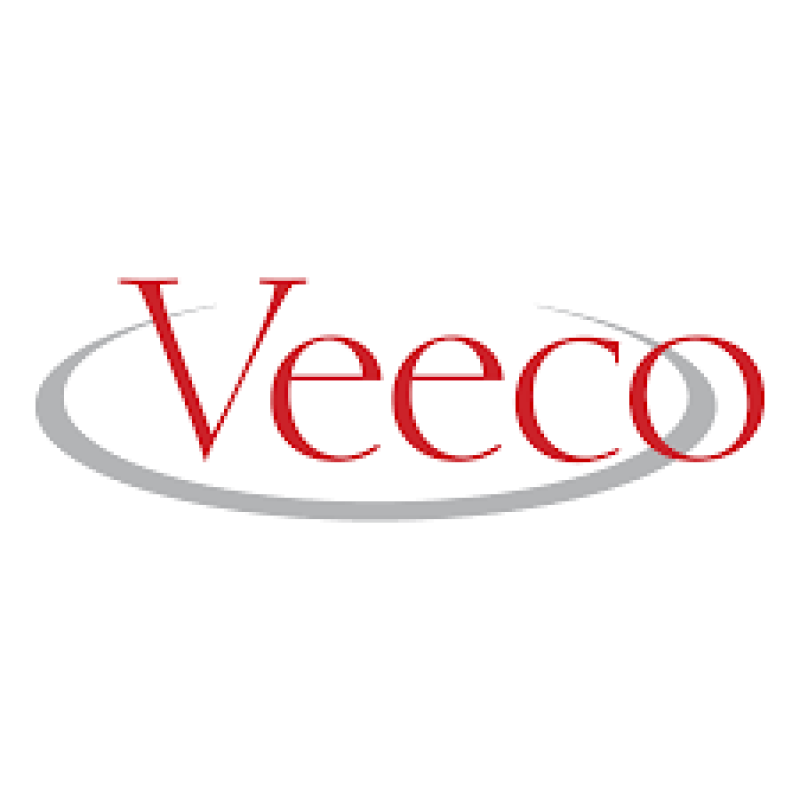 Abstract Biography |
|
| 10:55 | Coffee Break |
Session 5: Advanced Packaging |
|
| Chair |
Thomas Oppert, Vice President Global Sales & Marketing, PacTech - Packaging Technologies GmbH

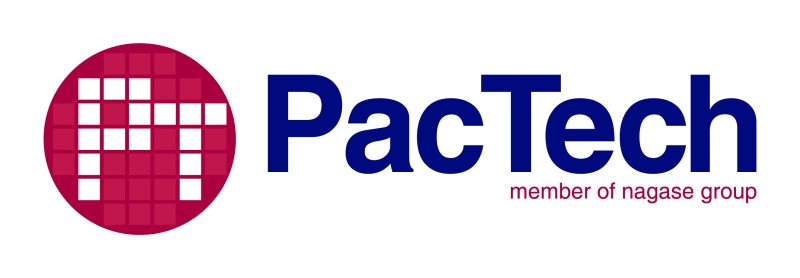 Biography |
| 11:30 | Mechanical Debonding for ultrathin chiplet manufacturing |
Elisabeth Brandl, Business Development Manager, EVG Mechanical Debonding for ultrathin chiplet manufacturing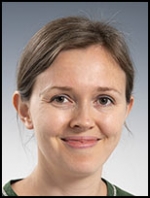
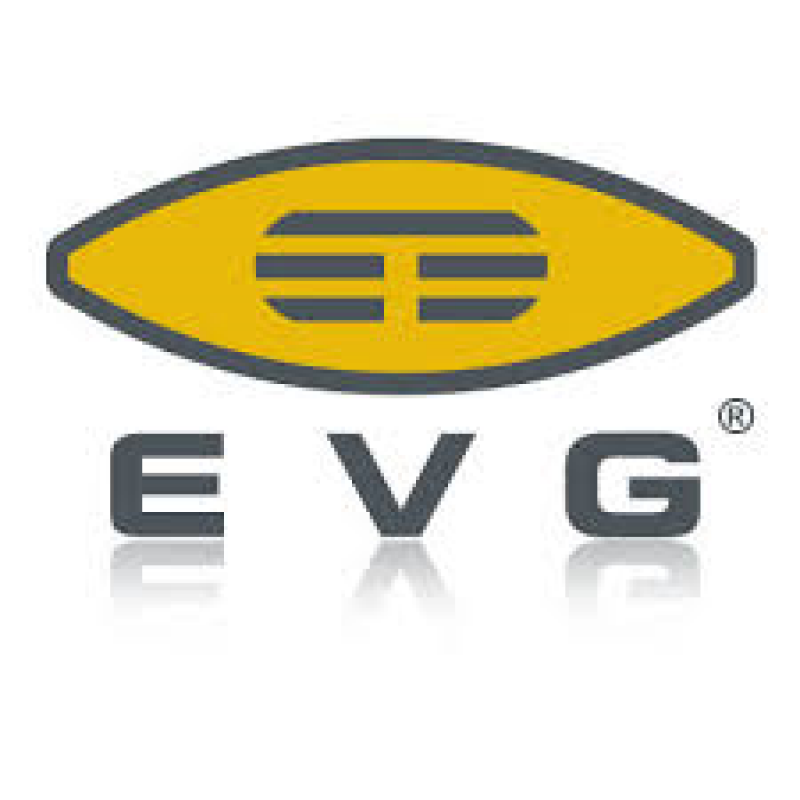 Abstract Biography |
|
| 11:55 | Innovative Panel Plating for Heterogeneous Integration |
Richard Hollman, Principal Process Engineer, ASM NEXX Innovative Panel Plating for Heterogeneous Integration
 Abstract Biography |
|
| 12:20 | Advanced Plasma Surface Activation for Hybrid Fusion Bonding |
Thomas Schmidt, Product Manager, SUSS MicroTec Advanced Plasma Surface Activation for Hybrid Fusion Bonding
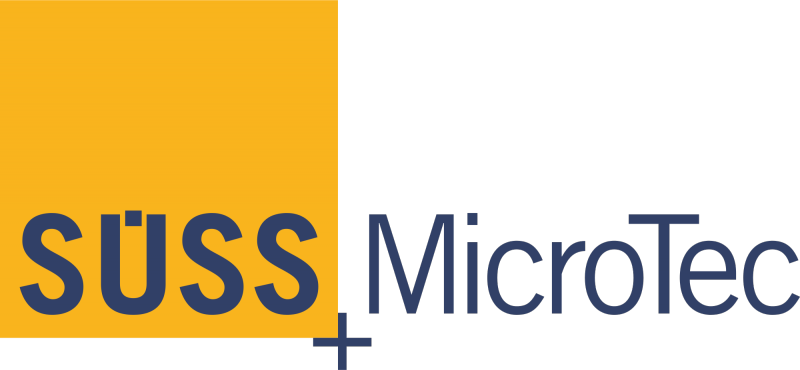 Abstract Biography |
|
| 12:45 | Packaging of a MOEMS LIDAR sub assembly for distance metering on a 3D housing |
Jonathan Abdilla, Manager Process Development R&D, BESI Austria GmbH Packaging of a MOEMS LIDAR sub assembly for distance metering on a 3D housing
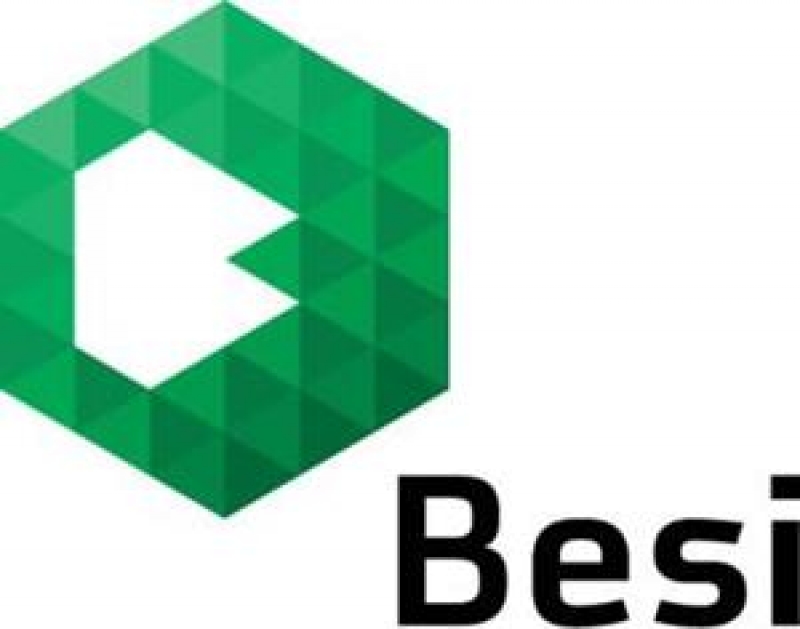 Abstract Biography |
|
| 13:10 | Heterogenous Integration: the driving force for systems of the future |
William Chen, Ase Heterogenous Integration: the driving force for systems of the future
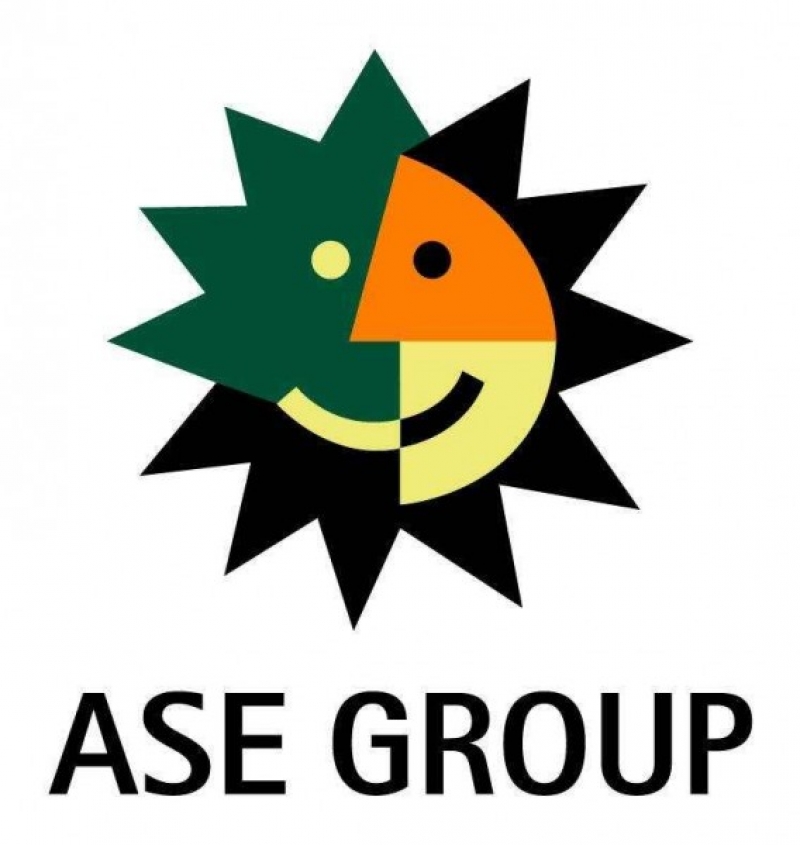 Abstract Biography |
|
| 13:35 | Closing Remarks & End |